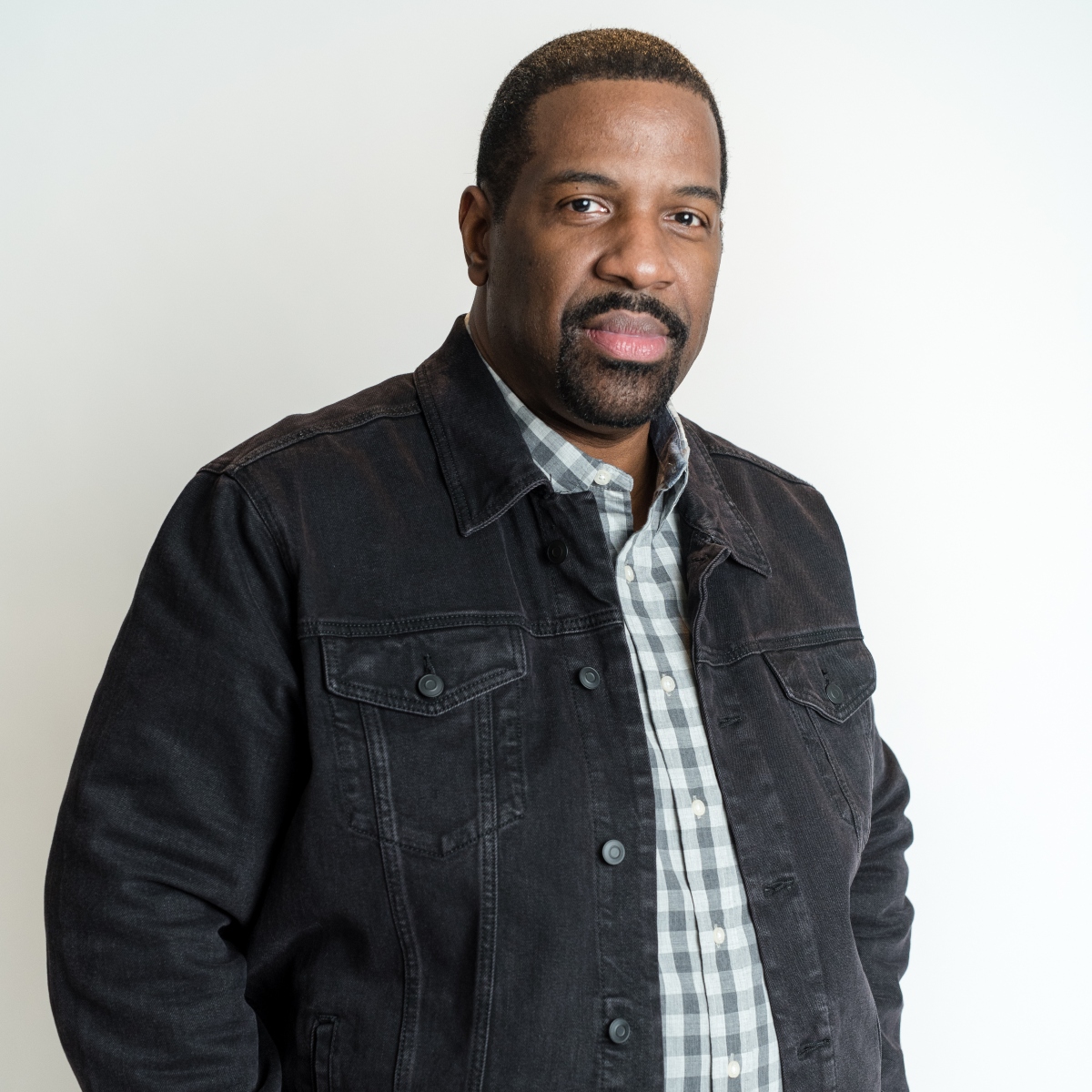What Are the Most Effective Tools for Finding the Best Bible Translation?

When the question of “What is the best Bible translation?” comes up, everyone has their favorite translations. Everyone likes to stick with their choice. However, if we are going to be honest, answering this question is very subjective. Which qualifications will you use to determine the best Bible translation?
As we shall see, we have to change the question to handle the topic effectively. Let’s take a journey today to explore why we have to change the question, and why the answer may not be what we expect.
Is There a Single Best Bible Translation?
Most people don’t deviate too far from the Bible translations they prefer. So, can we remove all our subjective biases and determine the best Bible translation? Unfortunately, we can’t. There are too many good choices.
We can make arguments for different translations based on which is the most accurate when compared to the Greek and Hebrew manuscripts. However, even knowing the answer to that question does not deem that translation to be the best. Some translations may be highly accurate but difficult to read and understand. This can defeat the purpose of reading the Bible in the first place.
Given all the different parameters, we should not ask, “What is the best Bible translation?” Instead, we need to ask, “What is the best Bible translation for me?” We may need to use different Bible translations for different purposes.
So, how do we begin looking for which translations serve those different translations?
What Are the Best Bible Translations that Follow the Original Language?
Before we start determining the best Bible translation, we must recognize there are different types of translations. There are two major kinds of translations:
- Word-for-word or formal equivalence
- Thought for thought or dynamic equivalence
Word-for-word translations attempt to translate the manuscripts literally—word for word. They take the writer’s original words and attempt to translate them as close as possible to how they were written in the original language. The focus is on trying to give you exactly what the writer said. This might seem like the best, but sometimes, when translating from one language into another, the language is not always an exact fit.
Word-for-word translations may be more accurate to the original language, but they can be more difficult to read. Sometimes, understanding the meaning can be more challenging because the translation doesn’t focus on being accessible to our reading styles today. It aims for accuracy, not comfort.
If you are considering a word-for-word translation, here are some translations that fall into this category.
- King James Version (KJV)
- New King James Version (NKJV)
- English Standard Version (ESV)
- New American Standard Bible (NASB)
What Are the Best Bible Translations that Follow the Themes?
A thought-for-thought translation tries to convey the writer’s original meaning. They will translate the passages from the original languages but focus on helping you understand what the writer meant when he wrote the text.
The goal is not just to remain accurate to the text’s words but to remain accurate to the text’s meaning. With these translations, you often find the language more modern and easier to understand. If you are new to reading the Bible or reading with children, these translations may be the best ones to start with. Here are some translations that fall into this category.
- New International Version (NIV)
- New Living Translation (NLT)
- Christian Standard Bible (CSB)
- New Revised Standard Version (NRSV)
Do Books like the Message Bible Count as Bible Translations?
Those of you who are fans of Bibles like the Message or the Living Bible may notice I did not include those on the thought-for-thought list.
The reason I left them out is because these are paraphrases, not direct translations from the Greek or Hebrew manuscripts. Those read more like commentaries, which can help. They can be useful in gaining additional insight. Just note they are not necessarily sticking to the original manuscripts. I am not saying not to read them. Just understand what you are reading if you do.
What Are Some Benefits to Using Multiple Bible Translations?
As we read and study the Bible, a good question to start with is, “What is my objective?”
Reading it should be our first objective. Understanding it should be our second. Putting what we read into practice should be our third.
For these reasons, we may need multiple Bible translations. This approach means we can read the Bible, understand the Bible, and (most importantly) do what the Bible says.
One of my good friends is a Bible teacher. He loves to teach using the King James Version (KJV). He told me that was the Bible they used in church when he was growing up, and it is the one he is most comfortable teaching from. However, when preparing to teach or when studying the Bible, he likes to use other translations, such as the New American Standard Bible (NASB) or the Christian Standard Bible (CSB). Notice one is a word-for-word translation, and one is a thought-for-thought translation. One reason he noted for doing this is to get a broader range of meaning and clarity of words and thoughts when compared to KJV English. Because language has changed over the last 400 years, some words of the KJV will have different meanings today than in 1611. Looking at multiple Bible translations gives him a clearer picture of the meaning and helps him relay that meaning to the people he is teaching.
Finding the best Bible translation may mean reading more than one and not just sticking to your favorite or the one you grew up reading. Using different translations can help you get a complete understanding of what the writers of the text meant when they wrote it. Once you understand it, it becomes easier to apply because at least you know what to do.
A Final Thought on Finding the Bible Bible Translation
Let’s consider all the information, create a summary, and answer the questions. The best Bible translation is the one that has been translated using reliable manuscripts. You can choose a word-for-word or thought-for-thought translation. The translation you choose should have been done by a team of scholars with many levels of scrutiny to ensure accuracy to the text. Most of the translations in these categories fit this criteria.
Perhaps most importantly, whether you pick a word-for-word or thought-for-thought translation, you should be able to understand it when you read it. I would say your ability to understand what you are reading is probably the most important element in determining how you can find the best bible translation for you.
Now, let’s answer our original question: how can we find the best Bible translation for us?
As you may expect, the final answer is, “It depends.” Because there are many good options for you to choose from, you must decide which elements matter most to you.
I would encourage you to pick one translation initially and start reading. Don’t spend too much time trying to find the “perfect” one. Start reading with what you have; if you discover that is too difficult to understand, you can always switch to another translation. Getting started reading and making adjustments along the way is a lot better than not reading at all.
Photo Credit: ©Getty Images/pcess609

He is the author of The Pursuit of Purpose, which helps readers understand how God leads them into his will, and the author of The Pursuit of Victory: How To Conquer Your Greatest Challenges and Win In Your Christian Life. Clarence is also committed to helping 10,000 people learn how to study the Bible and has released his first course, Bible Study Basics, to achieve that goal. To learn more about his ministry and resources, please visit clarencehaynes.com.
Originally published January 08, 2024.







